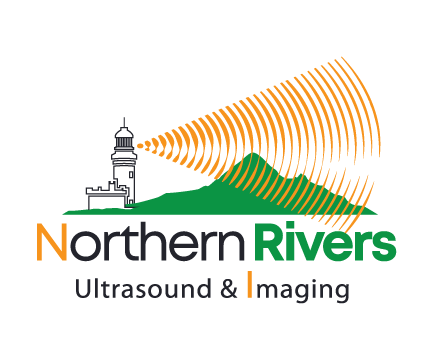Frequntly Asked Questions
An ultrasound scan creates pictures of internal body structures using sound waves of a frequency above the audible range of the human ear. A small hand-held sensor, which is pressed carefully against the skin surface, generates sound waves and detects any echoes reflected back off the surfaces and tissue boundaries of internal organs. The sensor can be moved over the skin to view the organ from different angles, the pictures being displayed on a screen and recorded for subsequent study. Most people think that this type of scan is only used for examining the unborn child but its use is widespread in medical practice.
Ultrasound images complement other forms of scans and are widely used for many different parts of the body. They can also be used to study blood flow and to detect any narrowing or blockage of blood vessels, for example, in the neck.
An ultrasound scan is also occasionally used for internal examinations where it may be necessary to place an ultrasound probe into the vagina to look at internal structures in greater detail that that is acquired externally. If you are having an internal examination, the Sonographer will describe the procedure to you, and your consent will be sought.
Who will be doing the ultrasound scan?
The examination may be performed by a highly trained Sonographer. Sonographers are medical technologists that have additional training and expertise specialising in ultrasound scanning. They carry out a great number of these examinations and may also provide a descriptive report of their findings to your doctor in concordance with the attending Radiologist.



